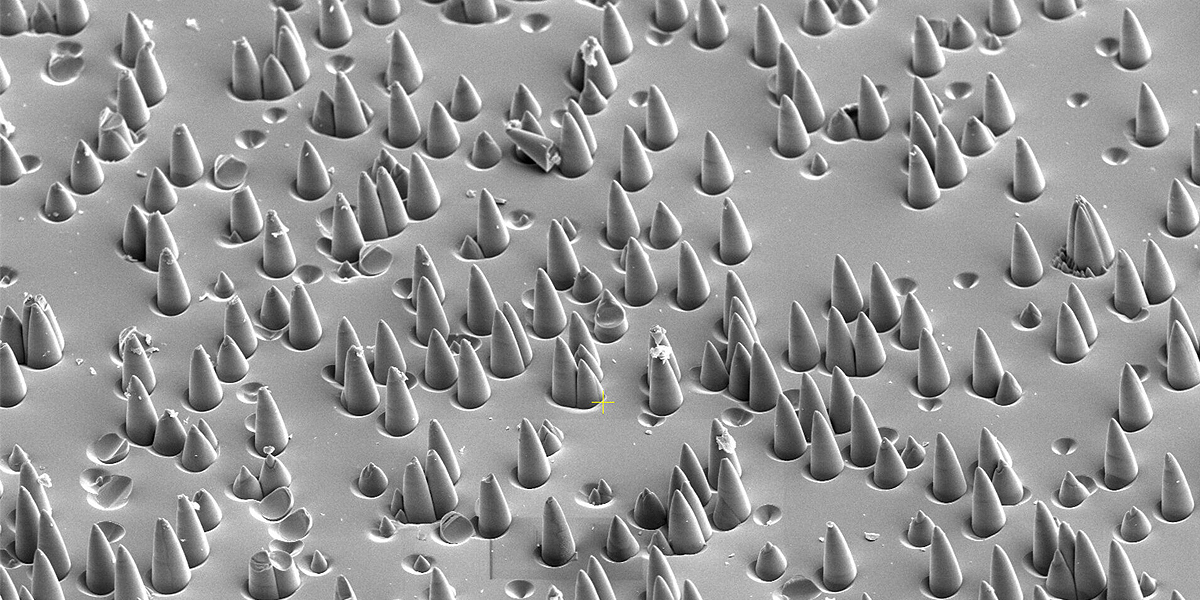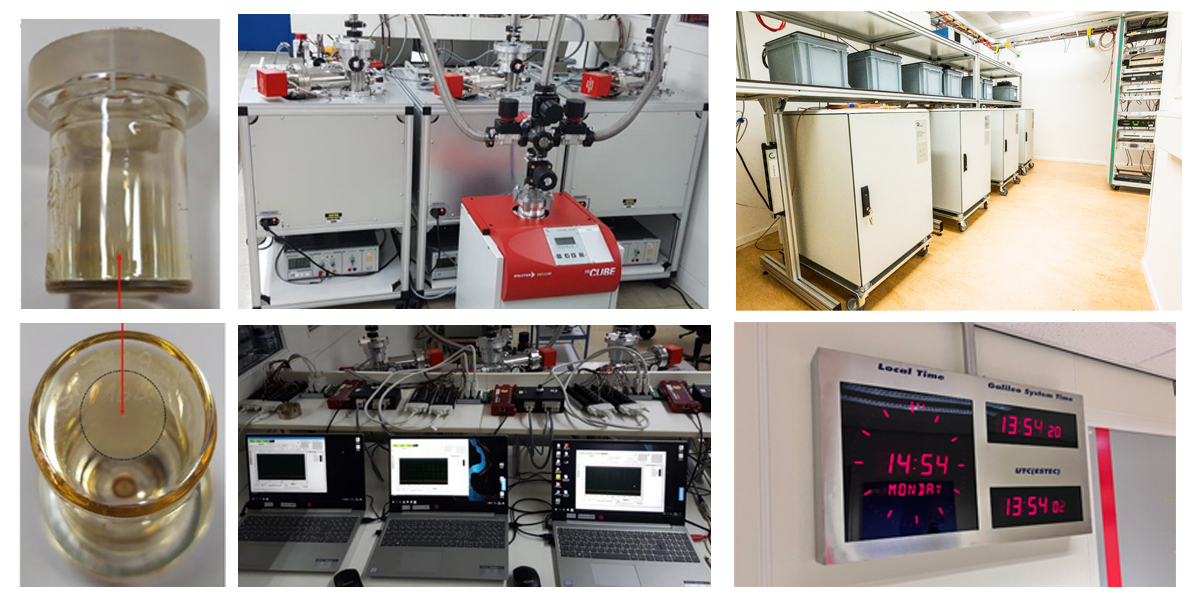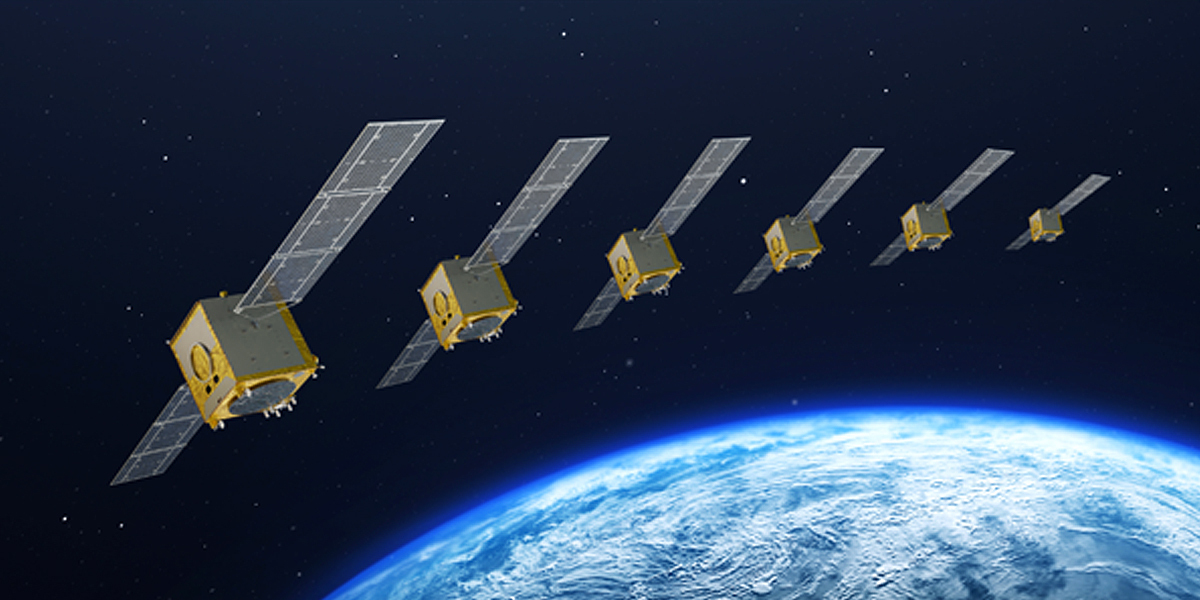What looks like an aerial shot of an alien landscape is actually a scanning electron microscope view of a test glass surface, acquired as part of a project to improve the lifetime of spaceborne atomic clocks, found at the heart of navigation satellites.

Each sharp plasma-etched feature seen here is smaller than 10 micrometres – a hundredth of a millimetre – across.
Highly accurate atomic clocks rely on switches between energy states of an atom’s electron shell, induced by light, laser or maser energy. Forcing atoms to jump from one energy state to another causes the emission of an associated microwave signal at an extremely stable frequency.
To take the example of the passive hydrogen maser design – serving as the master clock aboard each Galileo satellite, keeping time to an estimated precision of one second in three million years – a key element is the glass-bulb plasma confiner within which hydrogen molecules are dissociated into atoms. But chemical etching and other interactions between the hydrogen plasma and glass inner walls can eventually degrade the bulb, affecting the sustainability of the discharge process.
This microscopic image shows the results, with the conical patterns caused by etching mechanisms and related plasma effects. It was acquired as part of an ESA Technology Development Element project with Safran (formerly Orolia), looking into characterising these effects to improve the reliability of atomic clocks for space.

Satellite navigation relies on highly-precise timekeeping because positioning is calculated based on signal travel times multiplied by the speed of light.
Improved versions of passive hydrogen maser and back-up rubidium atomic clocks have been designed for Europe’s new Galileo Second Generation satellites.

Timing stability is also increasingly important for satellite-based telecommunications, with moves to higher frequencies offering higher data rates but requiring accurate time synchronisation in turn, for which smaller chip-sized atomic clocks are in consideration.
Story Source: European Space Agency
Subscribe to our newsletter
Stay updated on the latest technology, innovation product arrivals and exciting offers to your inbox.
Newsletter

